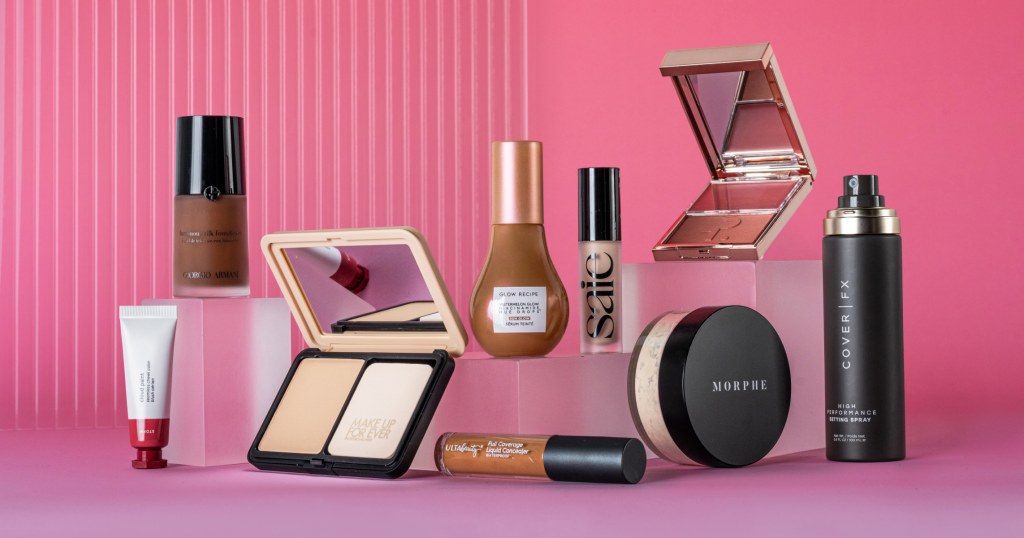Blitz News Digest
Stay updated with the latest trends and insights.
Lipstick Lies: Why We All Need a Little More Shade
Uncover the truth behind lipstick lies and discover why embracing more shades can empower us all. Dive in for a colorful revelation!
The Truth Behind Lipstick: Unpacking the Myths of Shade Selection
When it comes to selecting the perfect lipstick shade, many people are often misled by common myths. One prevalent belief is that a particular lip color can only be worn by specific skin tones. In reality, finding your ideal shade involves a deeper understanding of undertones and personal style. Instead of sticking to outdated rules about shade selection, consider exploring various hues that complement not only your skin's undertone but also your unique personality. The right lipstick can enhance your features, boost your confidence, and make a bold statement.
Another myth that permeates the world of lipstick is that darker shades are only suitable for evening wear, while lighter shades are exclusively for daytime. This notion limits your creative expression. In truth, makeup is about breaking boundaries and expressing yourself however you choose. Shade selection should reflect your mood, outfit, or even the occasion. A striking crimson shade can be perfectly acceptable for brunch, just as a subtle nude can be a stunning choice for a night out. Embrace your creativity and disregard the false constraints surrounding lipstick colors.

Why Shade Matters: How to Choose the Right Lipstick for Your Skin Tone
When it comes to makeup, shade matters significantly, particularly when choosing the right lipstick for your skin tone. Different skin tones can alter the way colors appear on your lips, making it crucial to find a hue that complements your natural complexion. Warm skin tones often look great in shades like corals, peaches, and warm reds, while cool skin tones may find that they shine in berry shades, pinks, and blue-based reds. To find your optimal lipstick, consider trying on various shades in natural light to see how they enhance your overall appearance.
In addition to skin tone, the undertone plays an essential role in choosing the right lipstick. There are three main undertones: warm, cool, and neutral. A simple way to determine your undertone is by checking the veins on your wrist: if they appear green, you likely have warm undertones; if they look blue, you have cool undertones; and if you see a mix of both, you may be neutral. Once you identify your undertone, selecting a lipstick that aligns with it becomes easier, ensuring a flattering and cohesive look for any occasion.
Can Lipstick Colors Change Your Mood? Exploring the Psychology of Shades
The connection between lipstick colors and mood is a fascinating intersection of psychology and beauty. Various shades evoke different emotions and can even influence our confidence levels. For instance, bold reds are often associated with power and passion, while softer pastels are linked to calmness and tranquility. This psychological impact can manifest not just in how we feel about ourselves, but also in how others perceive us. Wearing a striking shade can boost self-esteem and create an aura of assertiveness, important factors in both personal and professional settings.
Additionally, the psychology of shades extends beyond the individual; it can affect social interactions and perceptions as well. According to color theory, specific colors can elicit particular feelings among observers. For instance, colors like pink and peach can invoke feelings of warmth and approachability, making them ideal for social gatherings. In contrast, darker shades like burgundy or deep purple may convey sophistication or mystery. Understanding the implications of lipstick colors on mood and perception can empower individuals to strategically choose their makeup for the desired emotional effect.